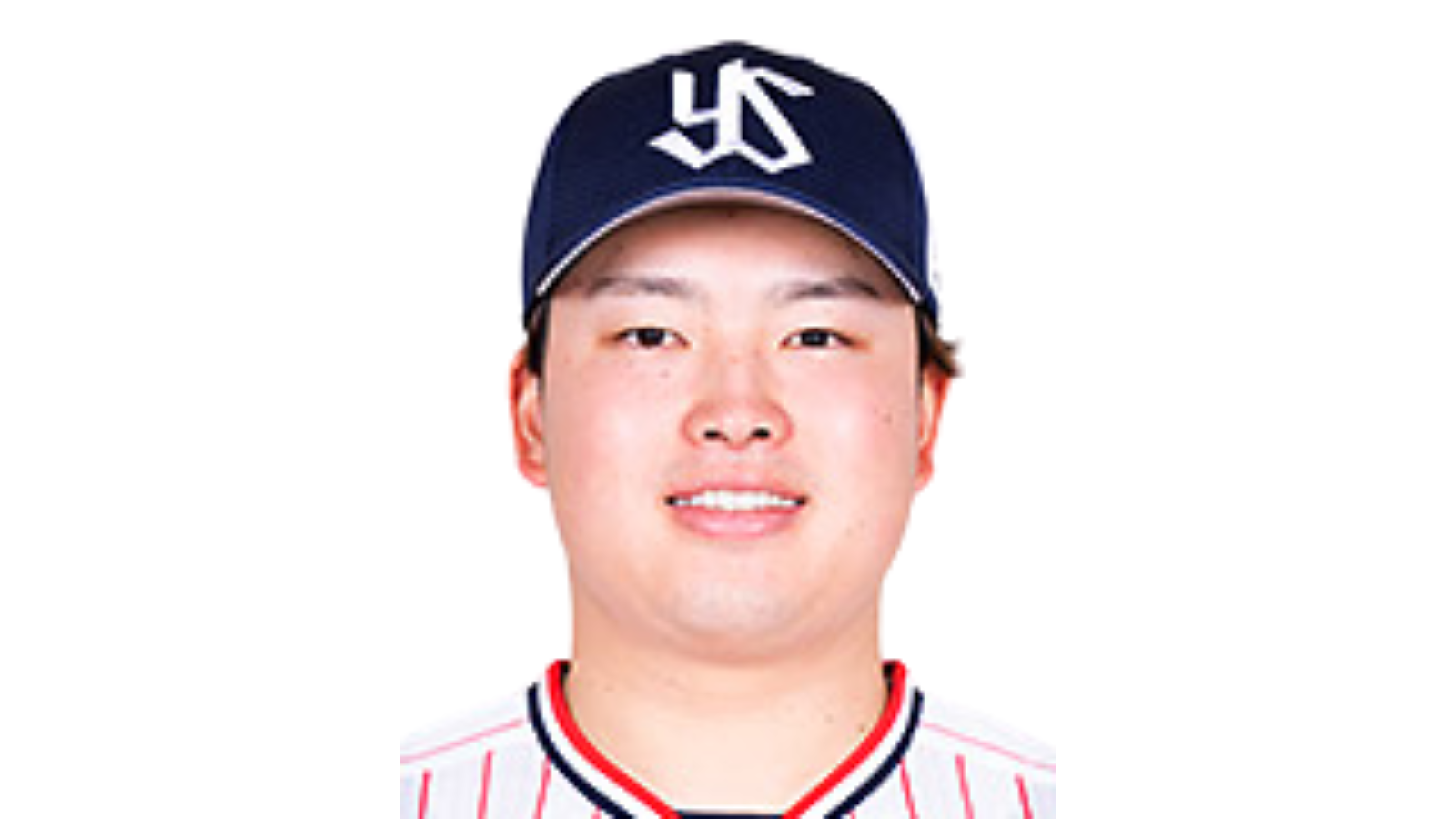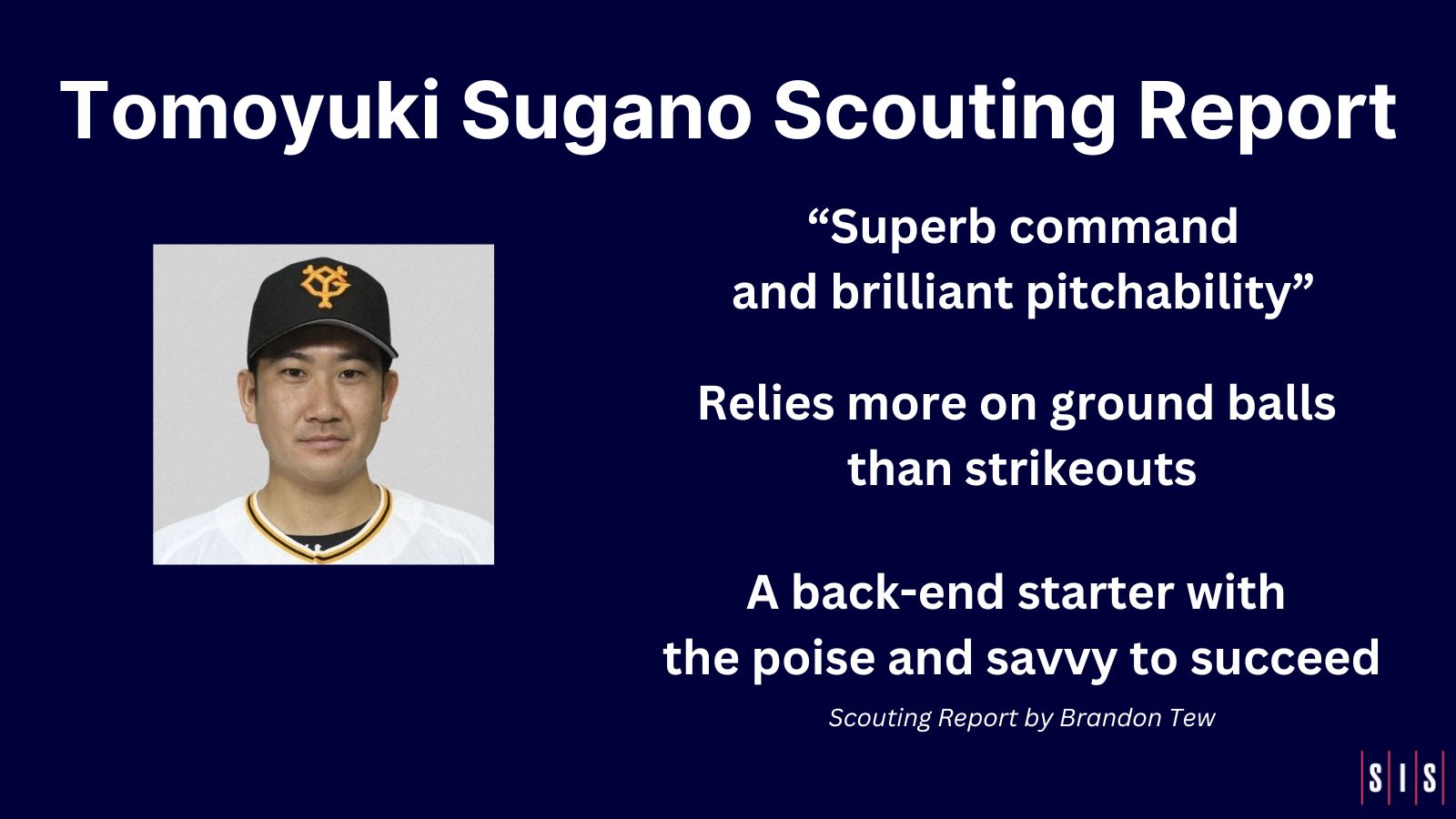Kona Takahashi put up the best two seasons of his nine-year NPB career in 2022 and 2023. These seasons vaulted him into the conversation of the next Japanese pitchers primed to move stateside. After the Seibu Lions denied his off-season request to be posted, he will assuredly be posted come the winter of 2024 if he puts up another productive season at age 27.
While Takahashi doesn’t post the strikeout numbers of other top pitchers in NPB, he prevents runs as well as nearly anyone. And in the lower run-scoring environment, he has thrived as a pitcher who challenges hitters with his offspeed and breaking pitches in the zone.
Lowest Japan Pacific League ERA 🇯🇵
(2023 regular season, 100+ innings pitched):Yoshinobu Yamamoto, 1.21 <—- not a typo
Kona Takahashi, 2.21
Hiroya Miyagi, 2.27
Tatsuya Imai, 2.30
Kohei Arihara, 2.31
Kaima Taira, 2.40
Takahiro Norimoto, 2.61
Yuji Nishino, 2.69
Kenta Uehara,… pic.twitter.com/G2kpeKETrG— Codify (@CodifyBaseball) December 26, 2023
| Season | IP | ERA | Strikeouts | Walks | K-BB% |
| 2022 | 175.2 | 2.20 | 128 | 51 | 10.9 % |
| 2023 | 155.0 | 2.21 | 120 | 47 | 11.6 % |
Why he’s good
Takahashi throws enough strikes to pepper the zone and minimize walks with around a 7% BB rate the last two seasons. In 2023, he had a 63% strike rate working the ball in and out against hitters to stretch the plate.
He does not give in when behind in the count, especially later in the year when he went to his slider and splitter in 2-1 and 2-0 counts. Here’s a splitter to Kensuke Kondoh to get back into the at-bat when down 2-0.
Mechanical changes and velocity increase
After training at Driveline before the 2023 season, Takahashi cleaned up his mechanics with his arm action and lead leg block. He started throwing harder, sitting around 93 mph on his fastball instead of 91 mph, and touched the upper 90s deep into games.
Kona Takahashi going a complete game & hitting a PR on the last pitch of the game at 97.5 mph 🔥 Watch to the end to see his mechanics in slow motion pic.twitter.com/8wsVpmH0PS
— Driveline Baseball (@DrivelineBB) April 24, 2023
At times especially in July when he threw back-to-back shutouts, he threw all of his pitchers harder. Getting better as the game went on, fueled by adrenaline, and seeing the finish line, he ripped this 87 mph slider for a sword.
Driveline Trainee Kona Takahashi continues to dominate the NPB with back to back complete game shutouts in his last two starts 🔥🙌 pic.twitter.com/T9j1o8mYtO
— Driveline Baseball (@DrivelineBB) July 29, 2023
While his fastball garnered modest whiff rates at about 11% last season, his splitter and slider became real weapons with a solid whiff rate of around 32% on both of the pitches last season. He mixed those pitches in during two-strike counts when he wasn’t trying to sneak a fastball underneath the hands of a batter.
The Arsenal (2023 usage and Average Velocity)
Fastball 39 % 93.3 mph
Juicing a couple of clicks out of his fastball last season elevated his game and helped his slider and splitter perform better. With above-average command of the pitch, he tries to stay out of the middle of the zone.
He also doesn’t lean on fastball usage like most Japanese pitchers. He might throw any of his pitches to start an at-bat and use the fastball more as a surprise.
Here is another example of bringing the ball back over the plate armside as he throws this four-seam at 95.6 mph to get the freeze and finish the game:
The four-seam has decent run and he uses the horizontal movement to his advantage both in looking for strikes but also missing barrels moreso than creating the swing and miss. He can dial up the fastball high in the zone when needed and it performs best when sequenced with his other pitches.
Splitter 25% 87.5 mph
Takahashi’s splitter is his next best pitch as he not only gets chases on it but also limits damage with a .460 OPS against, and a .161 opponents’ batting average in 2023. His grip works both seams with his fingertips and as he pronates, creating either a slight dip to the pitch as it moves arm side or a sharper dive away from hitters.
He can steal a strike against batters in the zone but the pitch is at its absolute best when it’s darting towards the dirt. Here’s an at-bat against Kondoh, the best pure hitter in NPB. Takahashi uses two different looks at his splitter to get the swinging strikeout.
The pitch had an outrageous 78% ground ball rate last season, so even when batters make contact they just pound it into the dirt. This means it’s hard to get singles up the middle even on turf fields. Takahashi uses the defense to his advantage and will keep the splitter at the bottom of the zone to get ground balls.
Slider 20% 82.8 mph Slurve 3.4% 79 mph
Takahashi has two slider variations, one that’s more horizontal and gyro spin-based that he will use at any point to get a strike. Along with what I would classify as a slurve with some horizontal sweep but a lot of depth to it at a lower velocity.
Slider:
Slurve:
The slight variation is enough to call it two separate pitches. He also uses two separate signs for both pitches as well. He will use the slurve as a wrinkle but heavily leans on the slider in situations where he needs a strike. He also throws the slider at his highest strike rate with a 67.5% rate last season.
The velocity of the pitch will fluctuate, but when he wants he can rip some gnarly sliders with higher-end velocity and sweep. He makes the pitch a bat-misser and weak-contact merchant.
Cutter 11% 88 mph
Takahashi’s cutter is an intriguing pitch he uses to get himself back into count leverage and as a putaway pitch at times. He will bury the pitch on the hands of left-handed hitters in a more traditional sense but will also try to dot the pitch away from right-handed hitters, glove side.
There’s enough variance from his slider that the pitch has more carry and stays vertical along with the velocity difference. However, there are times that he will have the pitch leak back over the plate, arm side.
The cutter is a pitch that Takahashi will throw with enough confidence and conviction that he might ride the pitch for a few innings, even more than his slider in some games.
Curveball 2% 75 mph (Knuckle Curve 76.5 mph)
This is a pitch that Takahashi might look to incorporate more into his arsenal, especially to lefties. He threw a more traditional curve in 2023 with a 12-6 shape but also dabbled with a knuckle curve. He threw the traditional one 25 times and the spiked grip 23 times in 2023.
He threw the knuckle curve a little harder than the traditional one but tried to find consistency with the pitch to add another offering. He is primarily trying to steal a strike with the pitch as a first-pitch offering, and that’s all he needs right now. It serves as something to keep in the back of hitters’ heads or a way to get up early in the count.
What to expect this season.
Takahashi has been an excellent run-preventer for the last two seasons. His jump in velocity last season helped produce more whiffs, but he will never be a high-end strikeout guy.
What makes him great is his bulldog mentality along with good control of his slider and splitter. He seems to raise the level of his pitching as he gets deeper into games. If he’s able to provide another successful season for the Lions they may have a tough decision coming next winter about whether he should be posted.



